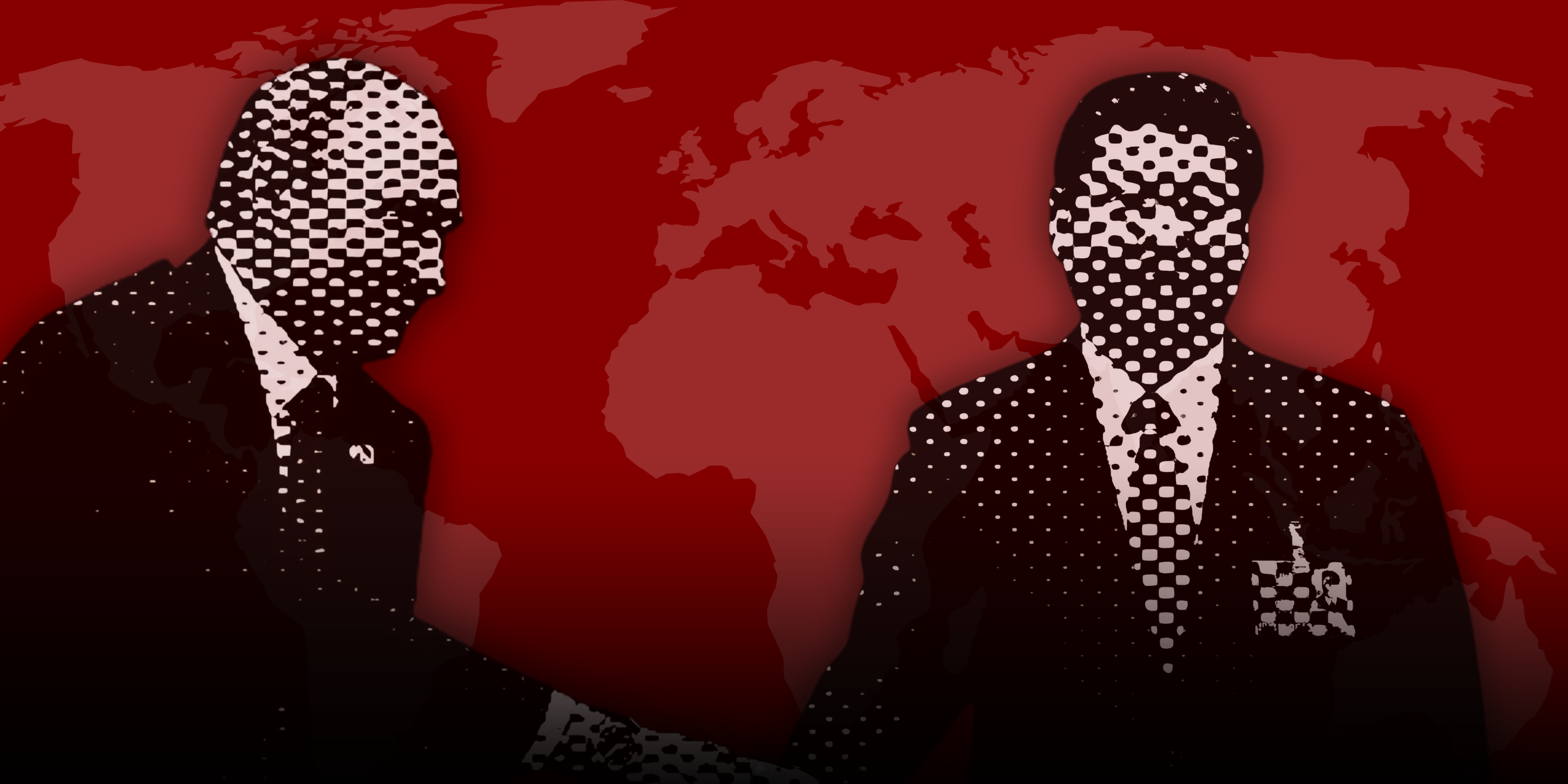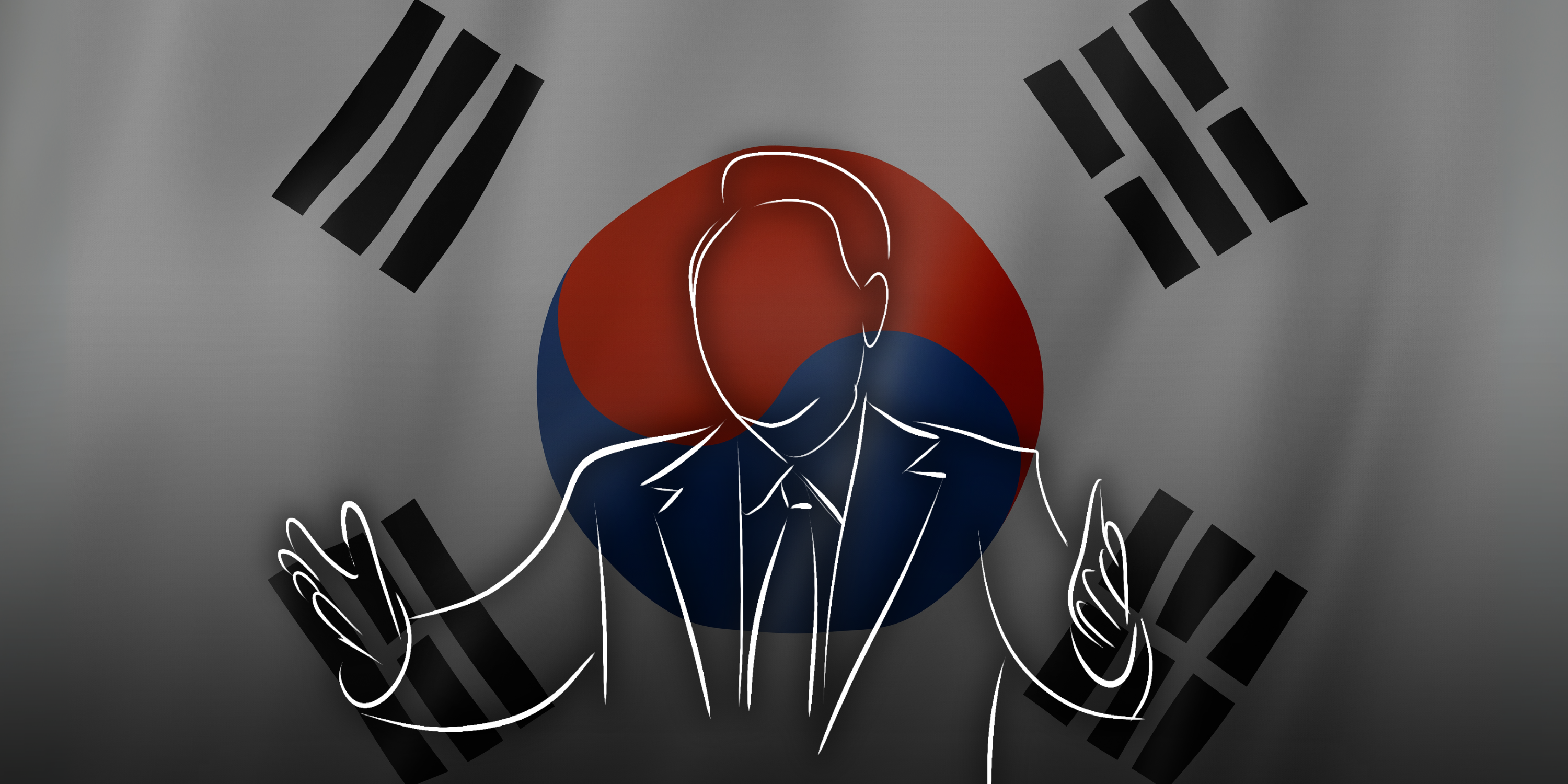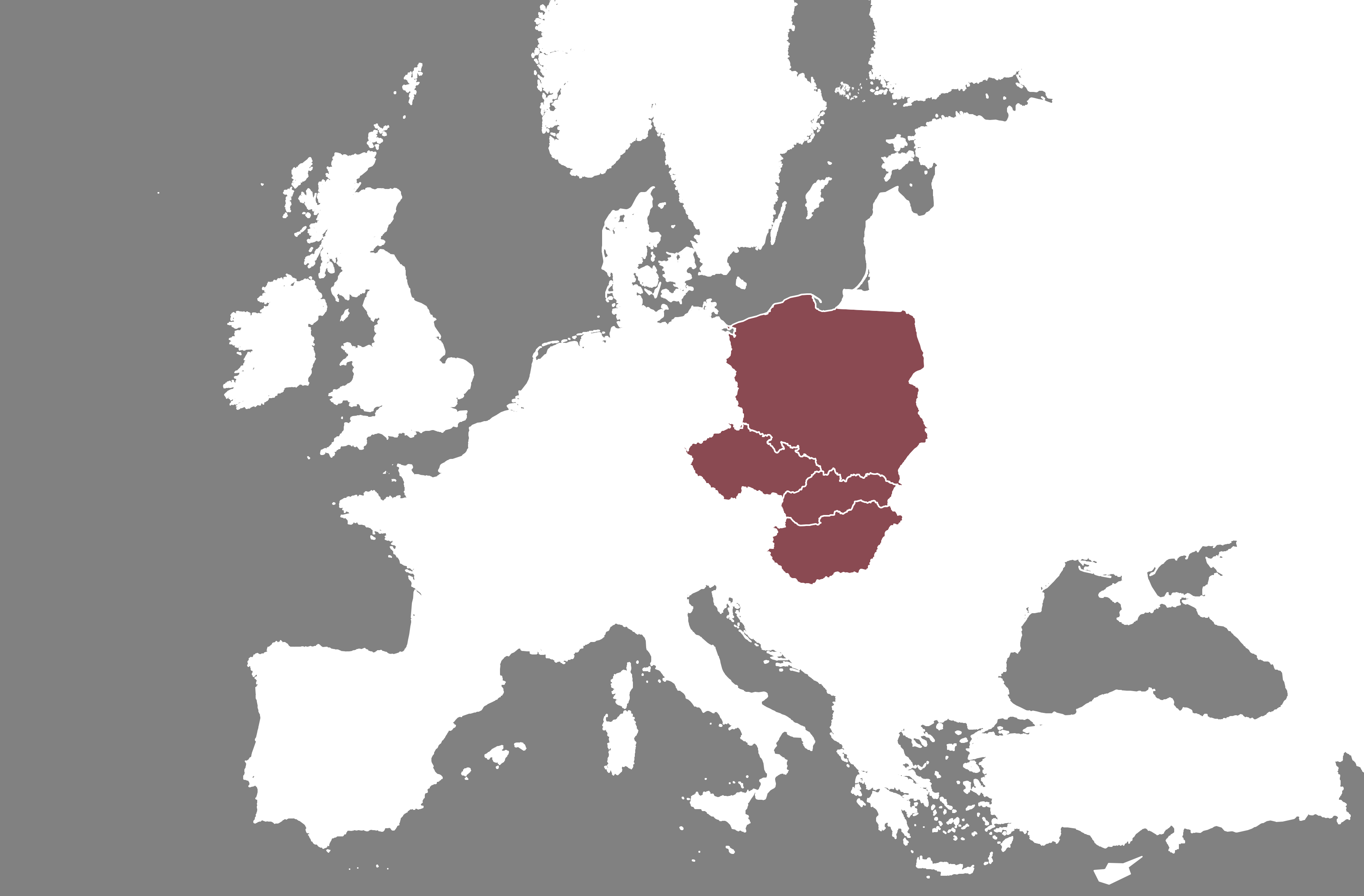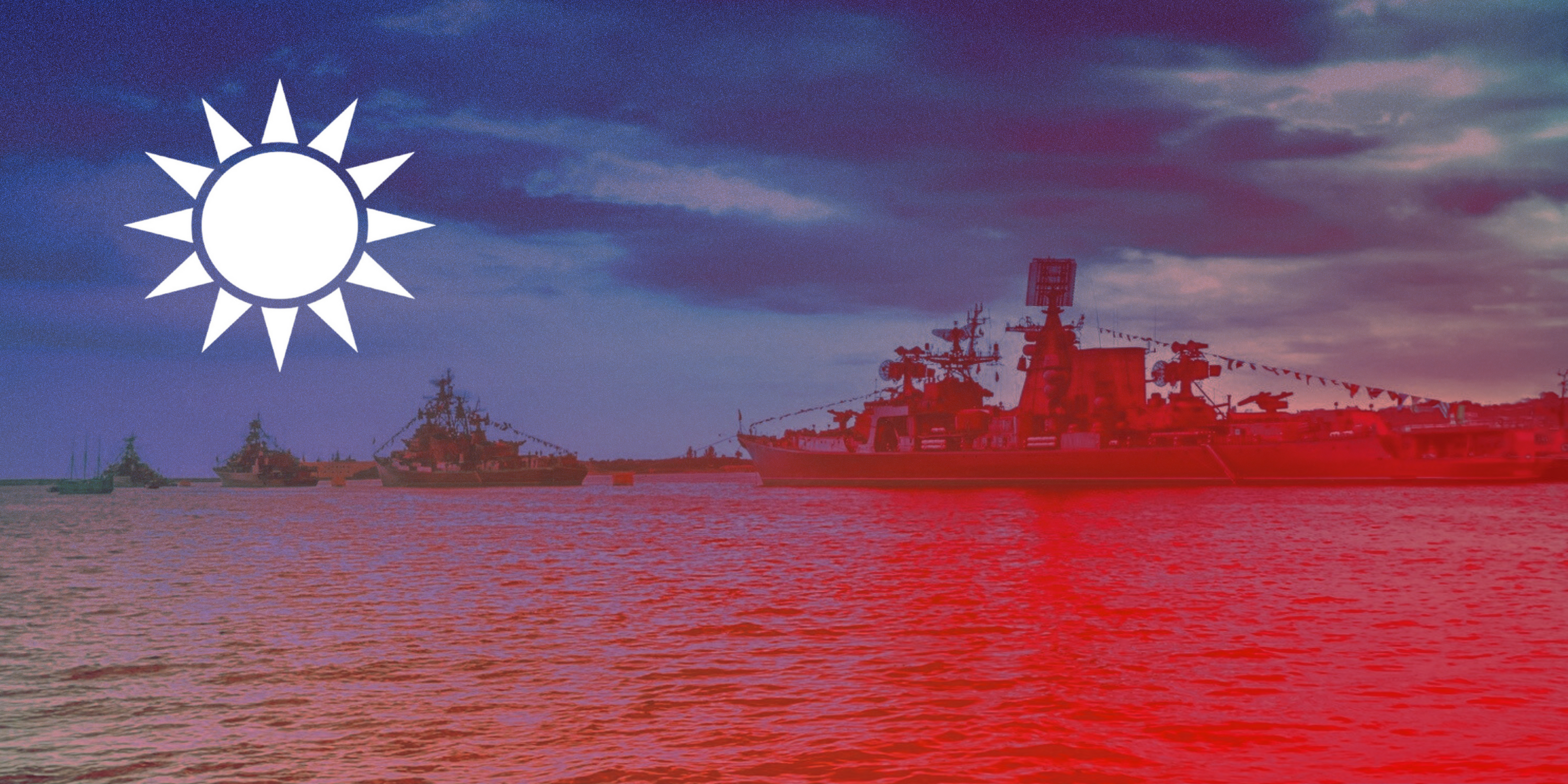Military cooperation is increasing between Russia and China, the two most prominent challengers to the US-led international order.
Key takeaways:
-
As a result of the war in Ukraine, Sino-Russian military cooperation has intensified significantly.
-
In exchange for China’s reported supply of microchips and semiconductors, Russia is providing China with critical military technologies, including surface-to-air missiles, engines for advanced fighter jets, nuclear deterrence systems, and cutting-edge submarine technologies.
-
Despite the growing Sino-Russian military cooperation, there is no formal alliance between the two nations, and potential friction points remain, such as on the issue of North Korea’s involvement in the Ukraine war.
The ongoing war in Ukraine has been a critical turning point in Russian relations with China, especially in Sino-Russian military-technical cooperation. China is believed to be crucial in sustaining Russia’s war capabilities by supplying essential components needed for weapons. According to Ukrainian information, approximately 60% of foreign components in Russian weapons originate from China, which is also the likely key source of the US-made microchips and semiconductors that continue to appear in Russian military systems. Ukraine’s presidential adviser, Vladyslav Vlasiuk, has accused China of being a direct supplier to Russia and a transit hub for Western components. Beijing, however, denies providing weapons to Moscow or involvement in the ongoing conflict.
Intensified Sino-Russian technological cooperation
In September, US Deputy Secretary of State Kurt Campbell accused China of providing Russia with key military technologies in exchange for Russian military expertise. Campbell pointed out that this exchange includes submarine operations, aeronautical design (including stealth capabilities), and missile systems. Russia is also supplying China with S-500 surface-to-air missiles, engines for modern fighter jets, and nuclear deterrence tools, such as early-warning systems. According to Politico, items such as drones, helmets, and bulletproof vests are also among the supplies shipped by China to Russia. Additionally, the sale and resale of microchips have been significant; up to 80% of chips in Russia in 2023 were directly purchased from China. In return, Russia is now supplying China with sensitive and previously guarded technologies, including sophisticated submarine and missile systems. As Alexander Gabuev noted, “Russia is having a hard time resisting China’s requests to share sensitive technology.”
The success of this cooperation is spilling over into other areas, too. In September 2024, for instance, Reuters reported that Russia is operating a large-scale development and production project for long-range attack drones in China. While the White House has found no direct evidence of the Chinese government’s involvement, it has stressed that Beijing should prevent private Chinese companies from supplying lethal aid to Moscow. In any case, developing advanced technologies will likely drive future collaboration, especially if Russia remains isolated from the West.
China and Russia are not officially allies since neither wants to be drawn into the other’s wars. Nevertheless, their military partnership poses a significant challenge to the Indo-Pacific. Japan, in particular, must closely monitor the situation. It perceives China as an existential threat since both nations have territorial disputes over the Senkaku. While Tokyo has no immediate concerns about Russia, it poses a significant security challenge for Japan because of its potential to intensify regional crises involving Taiwan and Korea.
Of particular concern is Russian assistance in the development of Chinese submarine technologies. Currently, the United States’ superior naval capabilities are crucial in deterring potential Chinese aggression against Japan and other Indo-Pacific countries. However, the deterrence factor is diminishing as China’s naval capacities, including submarines, advance rapidly. According to a 2023 report by Sarah Kirchberger for the China Maritime Studies Institute, progress in China’s submarine technologies has been significant but still lags in propulsion and noise reduction. Russia’s technological edge in these areas could narrow the gap. For instance, further Chinese advancements in submarine technology could enhance the combat capabilities of its new Type 093 and Type 094 submarines, which would have profound implications for US underwater security.
Joint military exercises
The increasing intensity of joint military exercises between China and Russia is noteworthy. The first bilateral exercise (“Peace Mission”) occurred in 2005. Since then, their cooperation has expanded significantly.
Two major exercises with direct implications for Indo-Pacific security took place in 2024. During the summer, Russia and China’s navies conducted drills near the port city of Zhanjiang, which looks out on the South China Sea. Then, in September 2024, Chinese and Russian warships conducted drills near Japan. Although the Ukraine war limits the capacity of Russian ground forces to participate in these exercises, the Vostok 2022 drill in Russia’s Far East demonstrated Moscow’s willingness to exercise with China across naval, aerial, and ground domains. Such exercises are crucial for the exchange of military expertise. Indeed, the Russian military and its leadership are gaining valuable experience in countering Western military technology in Ukraine, and these insights are likely being shared with China.
How big a threat to the US?
The deepening of Sino-Russian cooperation is a strategic concern for the United States, and the incoming Trump administration is set to make deterring China a top foreign policy priority. The main concerns for Washington are twofold. First, China’s access to advanced Russian technologies strengthens its military capabilities, reducing America’s ability to deter Chinese aggression against Taiwan. According to a CSIS report from April 2024, “Russia was able to increase defense production multiple times over during the second year of the war.” Once the Ukraine conflict is over, Russia’s enhanced production capacities could be redirected to supply China or North Korea with weapons, ranging from conventional munitions to advanced electronic warfare technologies. Second, Russia-China cooperation raises the possibility that, during a potential escalation of US-China tensions in the future, Moscow might repay Beijing for its support during the Ukraine War.
There is, however, a spanner in the works of Sino-Russian cooperation: North Korea. In recent months, North Korea has supplied Russia with artillery shells and more than 12,000 soldiers to aid in the war in Ukraine. In June, the two nations solidified their ties by signing the North Korean–Russian Treaty on Comprehensive Strategic Partnership, a landmark security and defense agreement.
China, which has historically exerted significant influence over North Korea, views this rapprochement with concern. Pyongyang is clearly seeking greater independence from Beijing, a shift that Russia is actively enabling. This burgeoning North Korean connection offers Moscow an opportunity to expand its influence in East Asia, a region where China aspires to maintain primacy. While it is too early to suggest that the Russia–North Korea partnership could undermine the broader strategic alignment between Moscow and Beijing, it introduces a subtle yet significant source of tension within the region’s intricate balance of power.
China and Russia maintain a partnership underpinned by shared global interests, with their military cooperation steadily gaining traction. Although their relationship stops short of being a formal alliance, it has proven strategically advantageous for both parties. This pragmatic collaboration, shaped by converging geopolitical goals, is likely to endure, at least for the duration of the war in Ukraine, where mutual support serves their respective agendas on the global stage.







